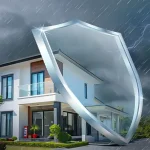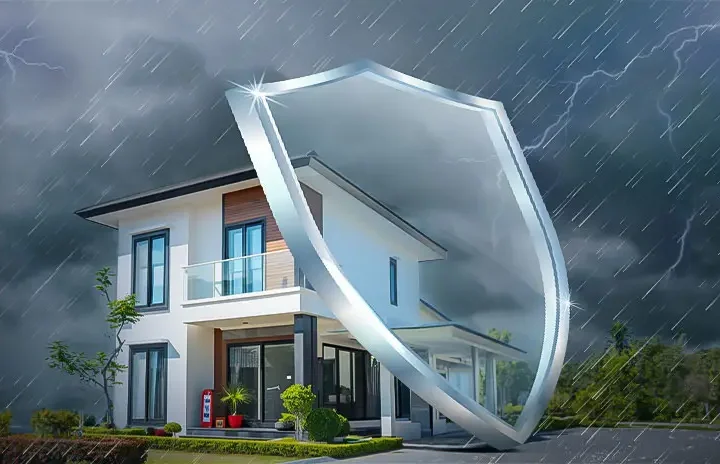You bought your house with stucco on it. Then, you did not give it much attention because you liked the way it looked. It is, however, quietly indicating that it needs some TLC. The most typical indications that your stucco requires attention, as well as what the following signs signify, are listed below.
- Stucco Stains
Avoid the urge to paint over stucco stains, as this will often result in the wrongly applied paint not adhering and masking the problem. It is always best to start with the root of the problem. It is necessary to have a professional stucco consultant, such as ESEC, inspect, analyze, and provide remediation recommendations before proceeding. Stains can be easily removed, or these can signify more serious issues such as water damage or mold growth.
- Stucco Cracks
While a single crack that looks like a hairline may not be a terrible omen, multiple cracks could indicate something more serious. If there are huge cracks that are over 1/4″ wide, you may have structural issues. These wider stucco cracks may mean the house has heaved, settled, or doesn’t have suitable expansion joints. For some cases, especially if there are stains near the breaks, the cracks can be the consequence of water damage. Stucco repairs, as well as cosmetic crack repairs could be necessary. Because of the unsightliness of the repairs, simple spot repairs of stucco cracks are usually not recommended.
- Stucco Crumbles
Pest infestations, age, settling, vibrations, stress, impact accidents, water damage and even poor stucco installation are all factors that can cause stucco to crumble. As more stucco deteriorates away, the situation is more serious because the integrity of the stucco is compromised, allowing more water to leak inside. Now is the time to get a stucco inspection to figure out what is causing the issues and make recommendations for fixing them.

- Impact Damage
If your stucco is EIFS, then flickers, woodpeckers, lawnmowers, kids, and whackers may cause damage.
If your exterior stucco has soft spots, cracks, crumbles, indentations, stains, moss, or otherwise does not appear right, have it evaluated before more damage happens. A trained stucco professional can immediately evaluate whether its damage is visual or structural and can advise you on how to reduce the problem before it develops.
- Stucco Soft or Indentation Spots
If you discover soft or indentations places in your home’s stucco, it’s possible that water damage is hiding beneath the surface. Water damage, unfortunately, might necessitate extensive stucco repairs, as well as rot and mold difficulties. It is recommended to have your stucco inspected once a year to avoid costly repairs in the future.
- Stucco Moss
As rainwater splashes dirt onto the house, it is fairly uncommon for the stucco to be discolored at its bottom. Moss is not uncommon to grow in these damp, shaded locations. Moss can be removed using a solution of bleach, soap, water, and borax; contact us for more information. However, it is important to solve the moisture issue that allows moss to bloom. Consider removing surrounding weeds in favor of ornamental rock in locations where moss grows on your stucco to help the walls dry. Any efforts you can make to reduce the amount of moisture on the walls and keep water from saturating the space are useful.












More Stories
Black and White Living Room
The Role of Transformers in Power Distribution and Grid Stability
The Role of Technology in Contemporary Home Design